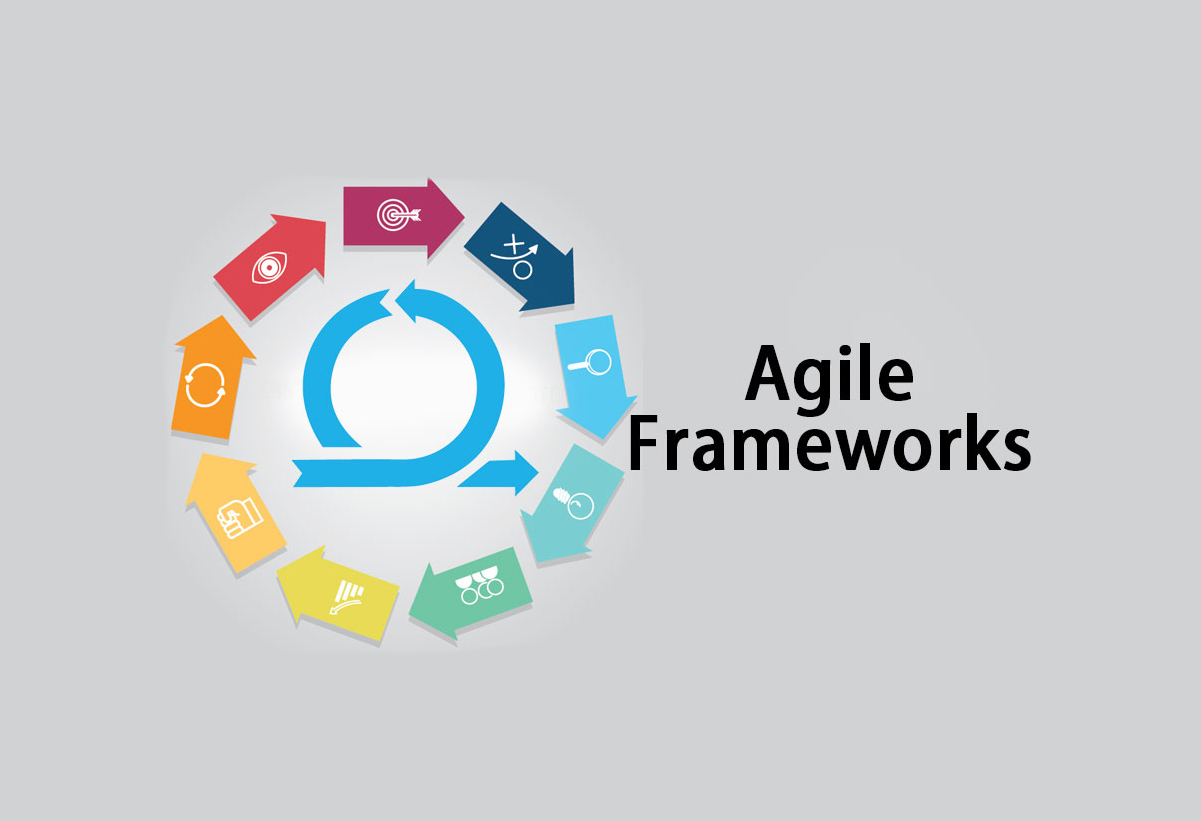Embarking on complex projects demands more than just teamwork; it requires a strategic approach. Enter the dynamic duo of Agile methodologies: Kanban and Scrum. These iterative frameworks revolutionize project management, prioritizing adaptability, agility, and constant adjustment over rigid, predetermined plans.
Scrum: Sprinting to Success
Scrum, a powerhouse in project management, operates in sprints, dividing projects into manageable increments known as user stories. These stories are designed to gather customer feedback at various stages, steering the project in the right direction.
Key Components of Scrum:
- Cadence: Delve into a prioritized list of deliverables tackled in two-week or month-long sprints. Sprint planning sessions, daily stand-up meetings, sprint reviews, and retrospective meetings keep the momentum alive.
- Roles: The Scrum master oversees team operations, driving the process forward, while the Scrum product owner manages the product’s priorities and requirements. The development team executes the assigned tasks within the sprints.
- Metrics: Harness the power of data to enhance efficiency. Set data points during the planning phase for progress measurement in stand-up meetings.
- Change Philosophy: Adaptations occur at the end of each sprint. Tasks not completed are analyzed and either moved to the next sprint or back to the backlog.
Kanban: A Symphony of Continuous Flow
Kanban, the maestro of continuous workflow, adapts seamlessly to shifting priorities. Visualized through cards on a board, Kanban’s columns can be customized to fit the unique needs of a team or project.
Key Components of Kanban:
- Cadence: Workflow stages define the pace of task completion. Customize columns like ‘to do,’ ‘in progress,’ ‘in review,’ ‘blocked,’ and ‘done’ to meet your project’s needs.
- Release Method: Deliverables are released when ready, unbound by predetermined schedules. Early completion? Release it early. Kanban allows flexibility without the need for a sprint review.
- Roles: Foster collaboration with a team-accessible Kanban board, complemented by individual boards for contributors. Embrace a role-less environment for collective ownership.
- Metrics: Gauge performance with lead time and cycle time metrics. Identify bottlenecks by tracking the number of items in each state.
- Change Philosophy: Change is constant in Kanban. Adapt at any time based on priorities, offering unparalleled flexibility.
Comparing the Dynamic Duo
While both Scrum and Kanban share Agile principles, key differences shape their unique identities. Scrum relies on defined roles, sprint cycles, and a structured approach, while Kanban thrives on visual tasks and continuous delivery.
Common Ground:
- Both frameworks champion change, adaptation, and comprehensive project documentation.
- They share a commitment to continuous delivery of products and services.
Divergence:
- Scrum centers around processes, while Kanban visualizes projects.
- Kanban excels in continuous task delivery, while Scrum focuses on delivering project chunks.
Choosing Your Champion
The million-dollar question: Scrum or Kanban? The answer lies in your project’s nature and your team’s preferences.
- Scrum: Optimal for higher productivity and rapid delivery, especially in dynamic projects. Allows adaptation after each sprint.
- Kanban: Ideal for smaller or ongoing projects, offering real-time adaptability without overhauling existing processes.
Embrace Scrumban – Best of Both Worlds
Can’t decide? Enter Scrumban, the hybrid methodology blending Scrum’s processes with Kanban’s visualization tools. The best of both worlds, much like brunch – where breakfast and lunch coexist seamlessly.
Choose the Right Tools
Ready to dive into Agile success? Ensure your project management platform aligns with your chosen framework. If you’re exploring alternatives, consider Adobe Workfront, an enterprise work management software connecting strategy to execution.
Empower your team, streamline workflows, and unlock project success with the right Agile framework. The journey begins with the methodology that suits your project’s rhythm and your team’s dynamics.
